Trending Now
Reporter Shot by Rubber Bullet on Live TV During Immigration Protests in L.A.

By Staff Writer | Headings News Desk
Los Angeles — Tensions soared in Los Angeles on Sunday as immigration protests escalated into violent clashes, resulting in dozens of arrests and the deployment of National Guard troops. Among those caught in the chaos was 9 News Australia’s U.S. correspondent Lauren Tomasi, who was struck by a rubber bullet while reporting live on air from the city’s downtown area.

Tomasi had been covering the rapidly deteriorating situation when the Los Angeles Police Department began moving in on horseback, using rubber bullets to disperse crowds. Just moments after she described the police response on camera, a rubber bullet struck her leg, prompting a brief scream. She quickly composed herself and told viewers, “I’m good,” before continuing coverage. The footage, shared widely on social media, captured the moment the journalist became part of the very story she was reporting.
The protests began on Friday, June 6, after Immigration and Customs Enforcement (ICE) conducted a series of high-profile raids across Los Angeles, including one at a Home Depot store that drew significant media and public attention. Over the past week, at least 118 people have been detained in connection with the operations, according to BBC reports, with 44 arrests made on Friday alone. The actions prompted widespread demonstrations throughout the city, particularly in predominantly immigrant and Latino neighborhoods.
U.S. Correspondent Lauren Tomasi has been caught in the crossfire as the LAPD fired rubber bullets at protesters in the heart of Los Angeles. #9News
LATEST: https://t.co/l5w7JxixxB pic.twitter.com/nvQ7m9TGLj
— 9News Australia (@9NewsAUS) June 9, 2025
By the weekend, the unrest intensified. Protesters clashed with law enforcement officers near City Hall and along major roadways. NBC News reported that at least 56 people were arrested over the weekend. The California Highway Patrol confirmed an additional 17 arrests on the 101 Freeway. Among the more serious incidents, police reported one individual rammed a motorcycle into officers, injuring one, while another suspect allegedly threw a Molotov cocktail at law enforcement.
In response to the growing unrest, President Donald Trump authorized the deployment of 2,000 National Guard troops to Los Angeles—without a request from state authorities. It marked the first such federal activation in California without gubernatorial approval since 1965. California Governor Gavin Newsom condemned the move, calling it a “purposefully inflammatory” action designed to “manufacture a crisis” rather than ensure public safety. On Facebook, Newsom wrote, “Never use violence or harm law enforcement. But deploying federal troops without our consent is not leadership—it’s provocation.” He later warned that Trump was threatening to send 500 active-duty Marines to the streets of L.A., despite the situation already being managed by the LAPD.

Los Angeles Mayor Karen Bass also voiced disappointment over the federal action, telling KTLA that while some protesters had committed acts of vandalism, it was nothing the LAPD couldn’t handle. She emphasized that Trump’s decision to send in troops was “just not necessary.” Meanwhile, LAPD Chief Jim McDonnell issued a statement clarifying that the department is not involved in immigration enforcement and would not assist in mass deportations. “We want all residents, regardless of immigration status, to feel safe contacting police in times of need,” McDonnell stated.
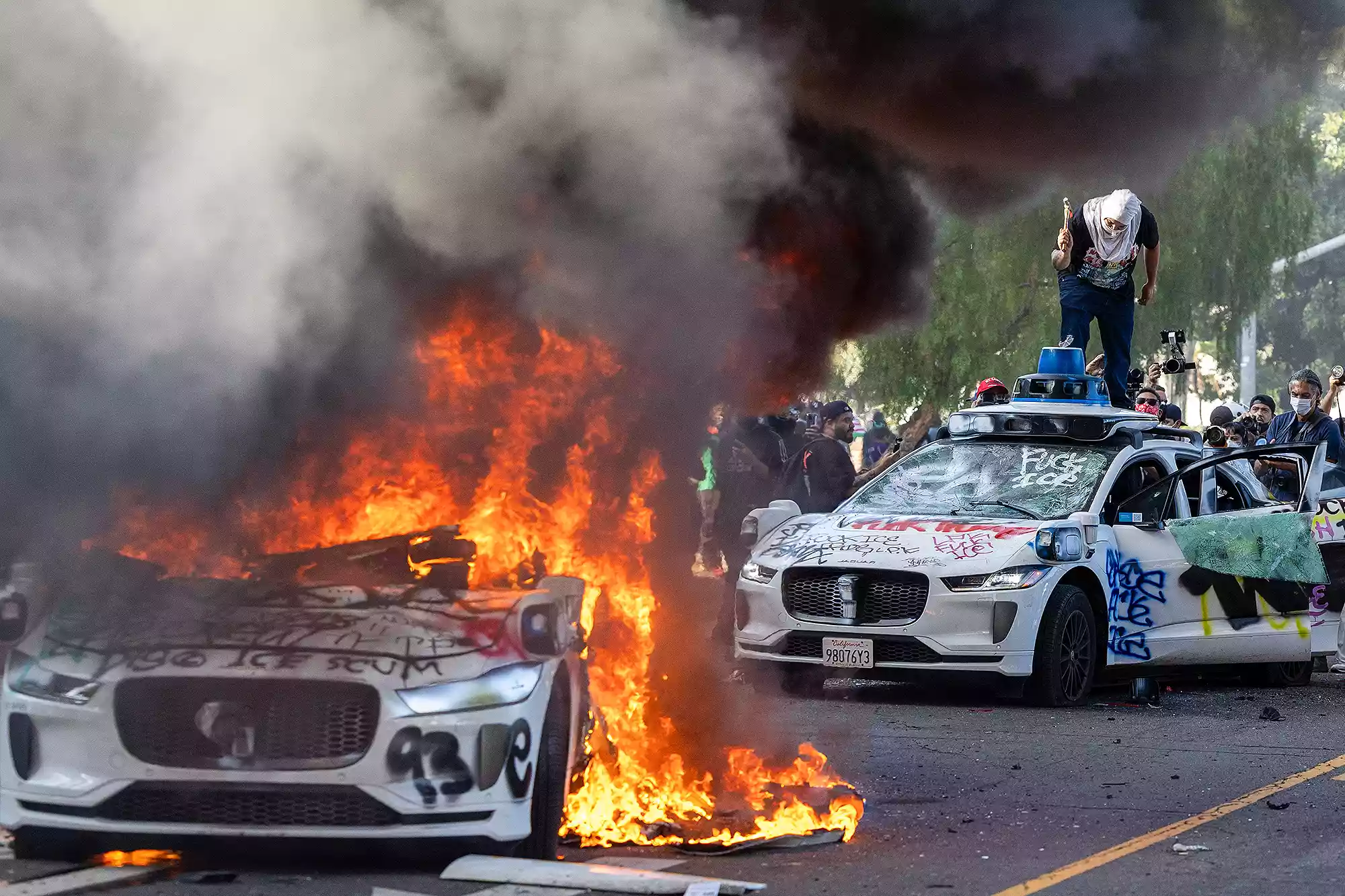
As the unrest in Los Angeles dominated headlines, similar protests spread to other cities, including San Francisco, where approximately 60 people—including minors—were arrested outside the Immigration Services building. Police there recovered at least one firearm from the scene, according to the San Francisco Police Department.
Despite being injured, Lauren Tomasi resumed her reporting later in the day, calling the moment both terrifying and a reminder of the risks journalists face while covering civil unrest. The protests are expected to continue throughout the week, as tensions between local communities and federal authorities remain high.
Trending Now
Chef Anne Burrell’s Mysterious Passing Sends Food World Reeling

Anne Burrell, the legendary Food Network chef known for her fiery personality on “Worst Cooks in America,” was found dead in her Brooklyn home on June 17, 2025, sending shockwaves through both the culinary world and her legion of fans. According to the New York City Office of the Chief Medical Examiner, Burrell’s death at age 55 was ruled a suicide, caused by a dangerous mix of substances including diphenhydramine, alcohol, cetirizine, and amphetamine. Details of her passing—found unresponsive, alone, a star dimmed too soon—have sparked intense conversations about the hidden pressures behind TV fame.
Burrell, whose larger-than-life energy inspired hopeful chefs and entertained millions, appeared to juggle success with ease. Yet those closest to her now reveal that intense stress and the relentless drive to please both viewers and industry insiders masked deeper struggles. The news has fueled candid talk among fellow chefs, TV personalities, and mental health advocates, all calling for a closer look at the burdens faced in the high-stakes world of celebrity cooking.
Known for her signature spiky hair and booming laugh, Burrell leaves behind her husband, Stuart Claxton, and grieving family members. Her sudden loss has not only rocked fans and colleagues but has also brought difficult questions about mental health and substance use into the spotlight, exposing a side of culinary stardom that’s rarely discussed.
Trending Now
Coldplay Kiss Cam Scandal Erupts: Privateer Rum CEO’s Wife Kristin Cabot Exposed in Fiery Affair with Her Tech Boss

A Coldplay concert turned into headline-grabbing mayhem when Kristin Cabot, head of HR at Astronomer, was caught on the arena’s Kiss Cam passionately embracing her boss, CEO Andy Byron—right in front of thousands of fans. The jaw-dropping twist? Kristin is married to Andrew Cabot, the influential CEO of Privateer Rum and a major figure in the craft spirits scene. The viral footage, complete with stunned crowd reactions and a cheeky on-stage remark from Chris Martin himself, sent shockwaves through social media and rapidly made “Coldplay Cheaters” a trending hashtag.
As the internet exploded with memes and speculation, insider sources revealed this was more than a fleeting concert flirtation. Colleagues allege long-simmering office chemistry between Kristin and Andy, fueling rumors of after-hours meetings and lavish corporate getaways billed as “strategy offsites.” While both Kristin and Andy were immediately placed on administrative leave pending an internal investigation, private messages and emails—now leaked across gossip forums—hint at a workplace romance gone rogue.
Industry insiders are left reeling as the incident taints both Astronomer’s progressive tech image and Privateer Rum’s reputation for transparency and craftsmanship. Kristin and Andrew’s multimillion-dollar New Hampshire estate reportedly sits silent while news vans circle, and the Astronomer board has called an emergency session to stem investor panic.
Online, Coldplay’s fanbase is having a field day: mashups of the scandal with “Fix You” lyrics, fake CEO apologies set to “The Scientist,” and wild speculation about who knew what and when. With both tech and spirits worlds ablaze from the fallout, one thing is clear: this isn’t just a corporate scandal—it’s a front-row seat to betrayal, intrigue, and social media mayhem on a global scale.
Trending Now
Texas Lottery Scandal Shakes State as $95 Million Jackpot Sparks Fraud Probe and Leadership Fallout

The global lottery market is experiencing a dynamic transformation in 2025, driven by technological innovations, regulatory shifts, and evolving consumer behavior. A leading trend emerging this year is the use of advanced AI and quantum computing platforms, such as Lottery Unlocked, which analyze billions of past lottery draws to achieve predictive accuracies of up to 83%. These technologies are reshaping how serious players approach number selection, moving beyond pure chance toward data-driven strategies.
Meanwhile, major industry players continue to invest in digitization and modernization. For example, the UK National Lottery is navigating its first year under new operator Allwyn, introducing stricter safeguards like purchase limits and planning innovative games, although some ambitions have been delayed due to operational challenges. The broader European Union is pursuing regulatory reforms aimed at harmonizing rules across member states, helping to balance growth with responsible gaming measures.
Market reports project robust growth, estimating the lottery sector will expand by over $230 billion globally between 2025 and 2029, fueled predominantly by rising online lottery participation and technological adoption. However, the industry also faces hurdles, such as stringent regional regulations and growing calls from health organizations for clearer gambling addiction warnings on lottery marketing.
Consumer strategies are evolving as well, with expert advice emphasizing smarter play through understanding “hot” and “cold” numbers, avoiding popular patterns, and optimizing coverage to enhance payout potential without increasing risk. Educational content and tools are increasingly prevalent, helping players make informed choices.
Overall, 2025’s lottery news landscape reflects a complex interplay: burgeoning opportunities through innovation and market growth balanced by regulatory pressures and responsible gaming concerns. This evolving environment is setting the stage for a more transparent, tech-savvy, and player-conscious lottery industry worldwide.
-

 Explainers2 months ago
Explainers2 months agoWhat Blunder Led to American Airlines Flight Diverting to Rome?
-

 Trending Now2 months ago
Trending Now2 months agoBillie Elish and her boy friend Nat Wolf Balcony Kiss – pictures go viral
-
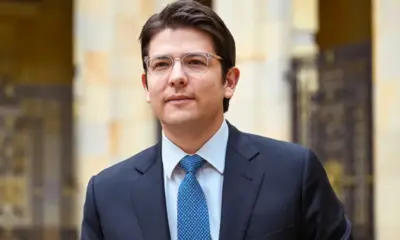
 Global2 months ago
Global2 months agoColombian Presidential Candidate Miguel Uribe Turbay Shot at Rally in Bogotá
-
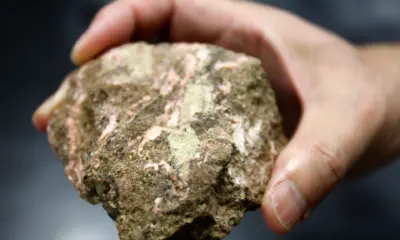
 Explainers2 months ago
Explainers2 months agoWhy the U.S. Needs Rare Earth Metals from China
-

 Explainers2 months ago
Explainers2 months agoWhat Went Wrong? Major Egg Recall Sparks Nationwide Salmonella Outbreak
-
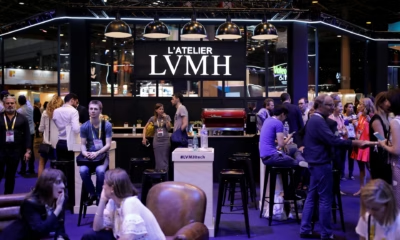
 Money & Tools2 months ago
Money & Tools2 months agoLVMH: A Golden Opportunity Amidst Market Corrections
-
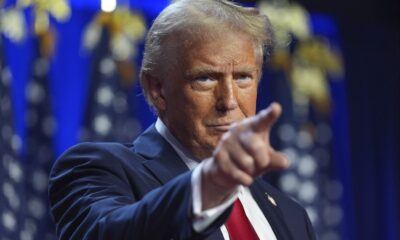
 Global2 months ago
Global2 months agoTrump Finalizes China Trade Deal, Tariffs Soar to 55%
-

 Trending Now2 months ago
Trending Now2 months agoWhy ABC News Suspended Terry Moran After His ‘Hater’ Post About Trump and Stephen Miller
